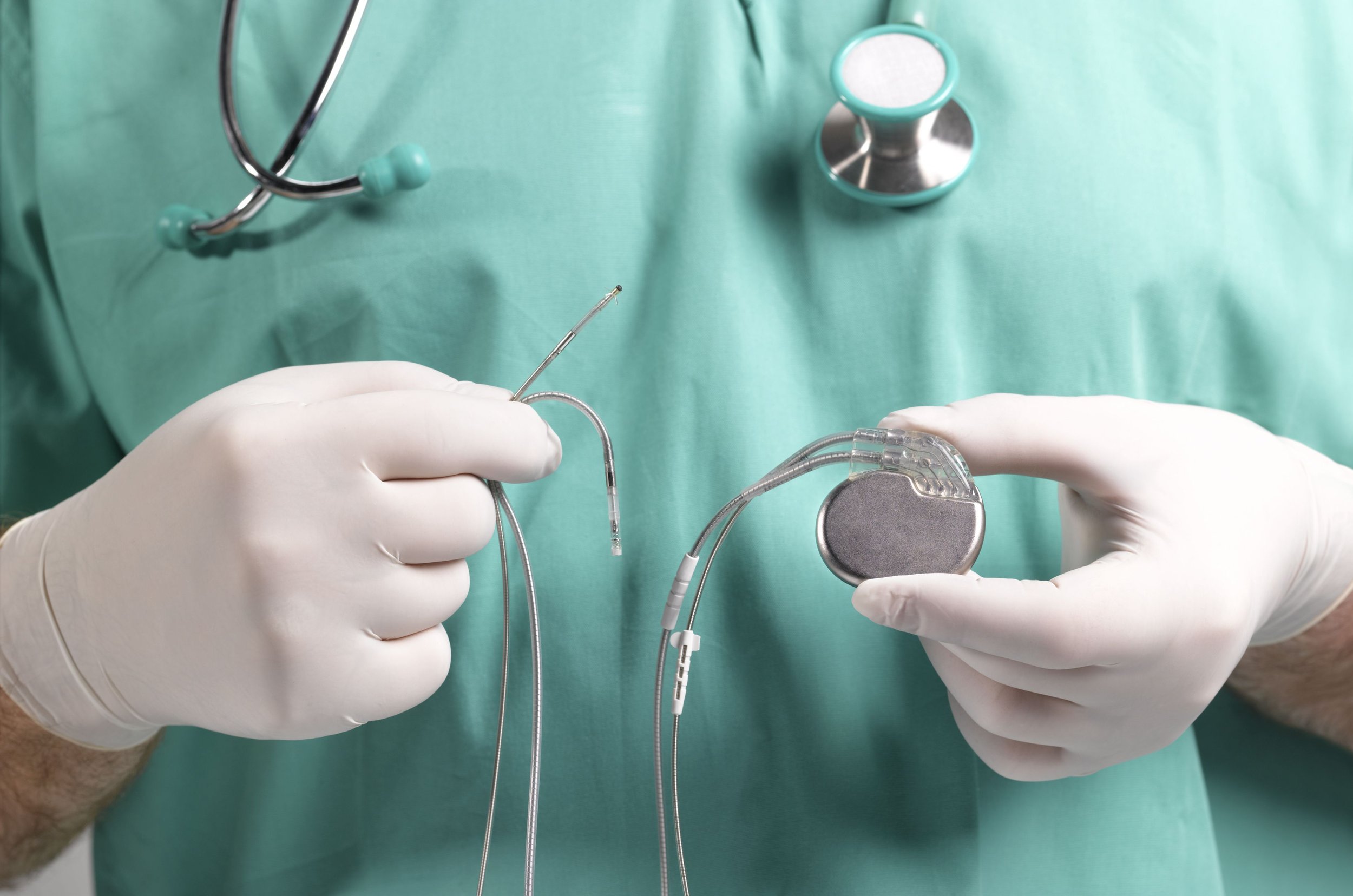
Answers to your Questions.
Implantable Cardioverter
Defibrillator Therapy
Implantable Cardioverter
Defibrillator Therapy
A DECISION AID FOR PATIENT CONSIDERING ICD THERAPY FOR PRIMARY PREVENTION
This information is for patients with heart failure considering an ICD who are at risk for sudden cardiac death (primary prevention). This website will lead you step-by-step through some information on ICDs that may be helpful. We also hope this will make talking with your doctor easier.
An implantable cardioverter defibrillator, commonly called an ICD, is a small device that monitors and regulates the rhythm of the heart. An ICD may be used to care for certain types of arrhythmias. An arrhythmia is an abnormality in the rhythm of the heart, which can be harmful or fatal if not properly treated.
In this procedure, a small device called an electrical impulse generator is implanted in the chest to monitor and regulate the rhythm of the heart. When the device detects a certain type of irregular heartbeat, called an arrhythmia, the impulse generator sends electrical impulses through one or more wire leads to the heart muscle. These impulses are designed to correct the heart’s rhythm.
What is an Implantable Cardioverter Defibrillator (ICD)?
An implantable cardioverter defibrillator, commonly called an ICD, is a small device that monitors and regulates the rhythm of the heart. An ICD may be used to care for certain types of arrhythmias. An arrhythmia is an abnormality in the rhythm of the heart, which can be harmful or fatal if not properly treated.
In this procedure, a small device called an electrical impulse generator is implanted in the chest to monitor and regulate the rhythm of the heart. When the device detects a certain type of irregular heartbeat, called an arrhythmia, the impulse generator sends electrical impulses through one or more wire leads to the heart muscle. These impulses are designed to correct the heart’s rhythm.
-
Due to your heart failure, you are at higher risk for developing a dangerous heart rhythm. A dangerous heart rhythm can cause you to die within minutes if not treated. Heart failure is when a heart is too weak to pump enough blood for the body. People with heart failure sometimes have breathing problems, leg swelling, and feel tired. Some people with heart failure may have no symptoms.
-
It is best not to remove the ICD unless you have an infection or are having the ICD replaced.
-
Yes. The ICD is put under the skin and one or more wires (called “leads”) are put into the heart. The surgery takes a few hours. You may stay in the hospital overnight.
-
Yes, it is possible to turn off the ICD without surgery. This is even recommended when a person is close to dying of another cause.
-
In the future, people may reach a point where living as long as possible is not what they want anymore. This could be because of worsening heart failure or another illness. When this happens the ICD can be turned off to avoid shocks.
Frequently Asked Questions
